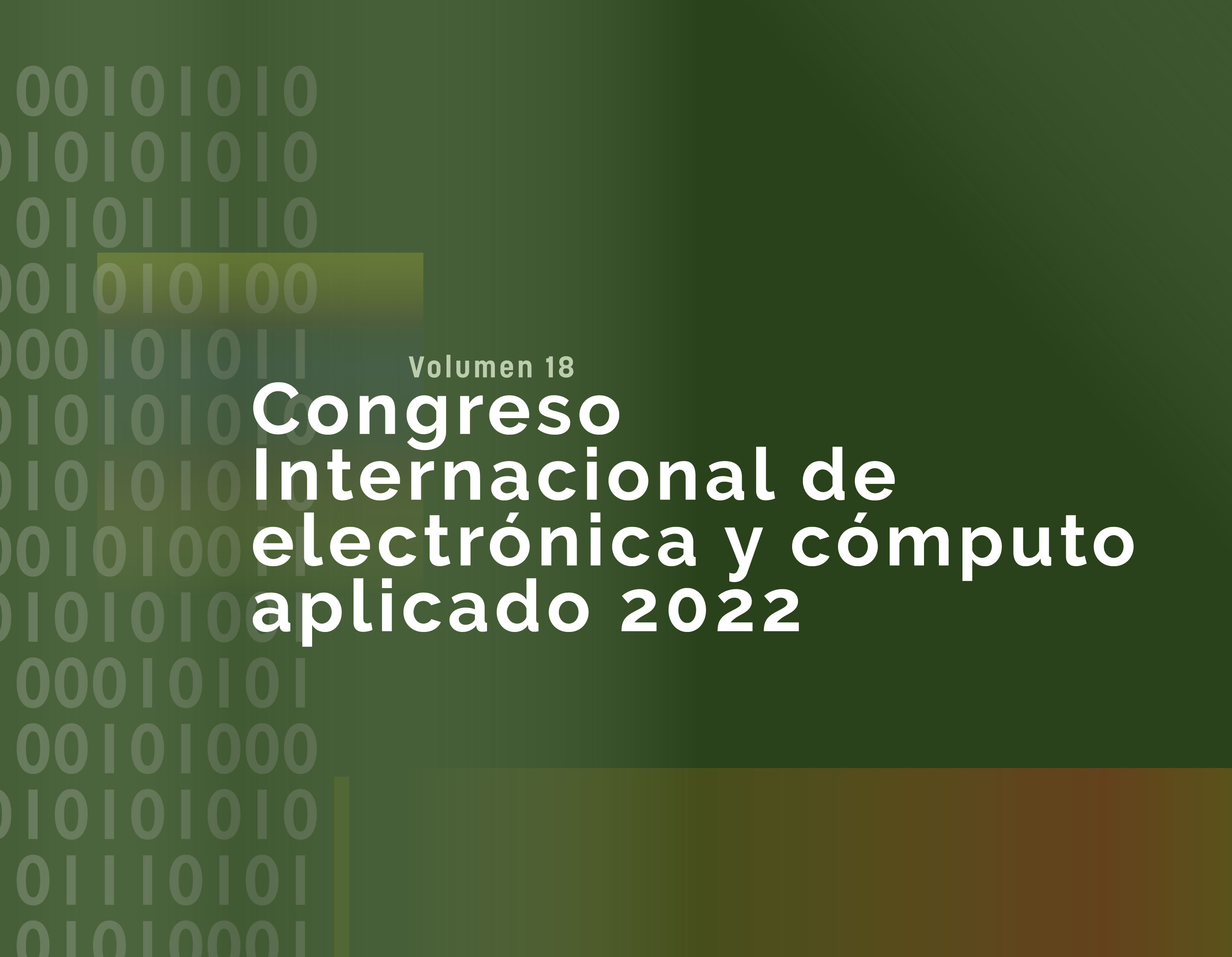Abstract
Pneumonia is a lung infection caused by a virus or bacteria. It is characterized by symptoms such as high fever, severe pain in the chest, cough, and expectoration, among others. Today, the main way to detect pneumonia is through X-ray imaging, where an expert diagnoses a patient based on features that can be seen on the images. However, this process is susceptible to errors that can lead the expert to make a false diagnosis. Computer-assisted techniques have proven to be a great tool to support the diagnosis of pneumonia. In this work, a classifier (based on the logistic regression method) was developed that allows the detection of pneumonia based on signal processing features (Kurtosis and entropy). This system generates an accuracy comparable to that generated by more robust algorithms such as neural networks.

This work is licensed under a Creative Commons Attribution-NonCommercial-NoDerivatives 4.0 International License.
